Blog
Spread out along the banks of the Nile, Aswan is a casual and well disposed town that gives a peaceful break on the off chance that you've quite recently landed from Cairo. It's old Egypt's portal to Africa, this is a flawless base for investigating the sanctuaries and landmarks in the southern scopes of Upper Egypt and the region's particularly diverse Nubian society. The most ideal approach to find Aswan's charms is to jump on board a felucca (sailboat) and take a deep look into the town from the watery roadway that once made Aswan a vital exchanging post.
Here the most attractions in Aswan
Abu Simbel
Based on the west bank of the Nile River, between the first and second waterfalls of the Nile, the site of Abu Simbel is a standout amongst the most conspicuous antiquated locales in Egypt.
It contains two sanctuaries, cut into a mountainside, that were worked by pharaoh Ramesses II.
The entranceway to the sanctuary is exceptional, to the point that on two days of the year, October 22 and February 22, the light would sparkle into the internal haven and light up three statues situated on a seat, including one of the pharaoh. It's been theorized that these dates might praise his crowning ceremony and conception.
Philae Temple
The consecrated Temple of Isis (known as Philae Temple) is one of Upper Egypt's most bewildering landmarks both for the lovely masterfulness of its reliefs and for the dazzling symmetry of its design, which made it a most loved subject of Victorian painters. Like Abu Simbel, the sanctuary was spared by the rising waters of Lake Nasser by UNESCO's salvage extend and moved the whole kit and caboodle from its unique home on Philae Island to adjacent Agilika Island where it sits today.
The Philae Temple, is an inside the old faction of Isis, which is the principle part of the Philae complex, however the island is additionally home to the Temple of Hathor and different structures from the Roman and Byzantine periods.
Monastery of St. Simeon
The brilliantly photogenic Monastery of St. Simeon sits between the sand hills on the Nile's West Bank. Established in the 7th century lastly relinquished in the13th century because of water deficiencies, it's one of the biggest and best protected Coptic cloisters in Egypt.
Inside the yard, an aisled Basilica takes up the southern side of the religious community. At the east end of the wide nave, once secured by two arches, is the expansive apse, with three rectangular specialties under semi vaults. In the focal corner are the remaining parts of a fresco delineating Christ enthroned between heavenly attendants. Toward the north and west of the congregation are different auxiliary structures and little grottoes, while the eastern side is comprised of living quarters. Upstairs, are some all the more very much protected barrel-vaulted living quarters, including the minister cells, with block quaint little inns and Arabic engravings upon the dividers.
Tombs of the Nobles
This arrangement of rock tombs etched out of the West Bank's bluffs.
The main tombs you enter are Tombs 25 and 26 where sixth tradition governors Mekhu and Sabni were covered. Up the way to the privilege is Tomb 31, fitting in with Prince Sarenput II, a contemporary of King Amenemhet II. This is one of the biggest and best protected tombs in the necropolis. Past the tomb chamber is a little passageway with three specialties on either side. Look to one side of the main corner to see a figure of the dead man and his child with brilliantly safeguarded hues.
Kalabsha Temple
Kalabsha Temple is the best safeguarded of the three sanctuaries here furthermore the most youthful, dating from the season of Roman Emperor Augustus. The most forcing landmark in Nubia after the Temple of Abu Simbel, it was based on the site of a prior sanctuary established by Amenhotep II and re-established amid the Ptolemaic Dynasty. The improvement was never finished and the reliefs that do exist are roughly executed. Amid the Byzantine time the sanctuary was changed over into a congregation.
Just toward the northwest is the Temple of Beit el-Wali worked by Ramses II and comprising of a vestibule, transverse chamber, and asylum. There are enthusiastic chronicled reliefs all through the inside portraying a significant number of Ramses II's fights and triumphs including the lord's triumph over the Kushites and his wars with the Syrians and Libyans.
Simon Mountain
For archeological-beasts, Aswan's Western Quarry makes an intriguing excursion. It was from here that quite a bit of old Egypt's most unmistakable statuary started their life; etched out of the slope of Aswan stone. Archeologists imagine that Luxor's mammoth Colossi of Memnon originate from this quarry. Today, you can in any case see the tracks where gigantic pieces of stone were dragged to the waterway for their trip down the Nile to beauty the sanctuaries of the pharaohs. There are no streets here, so in case you're up for a camel enterprise, a visit here is likewise a lot of fun.
Souq Area
Slap in the focal point of Aswan's downtown area, al-Souq is a gift seeker's fantasy. The slows down overflow with flavors and fragrances aplenty, conventional galebeyas (long robes) and scarves in rainbow tones, basketry, and flatware. It's a fun spot to scan and - generally - free from the seller hustle that you get in different parts of Egypt.





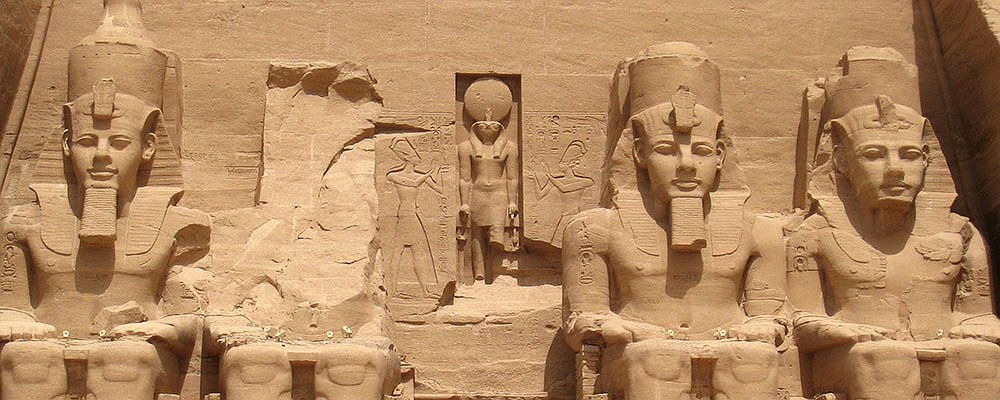
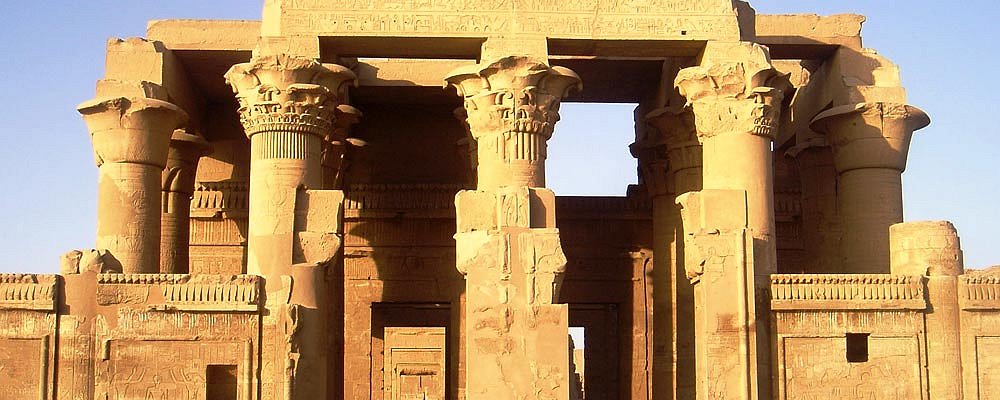
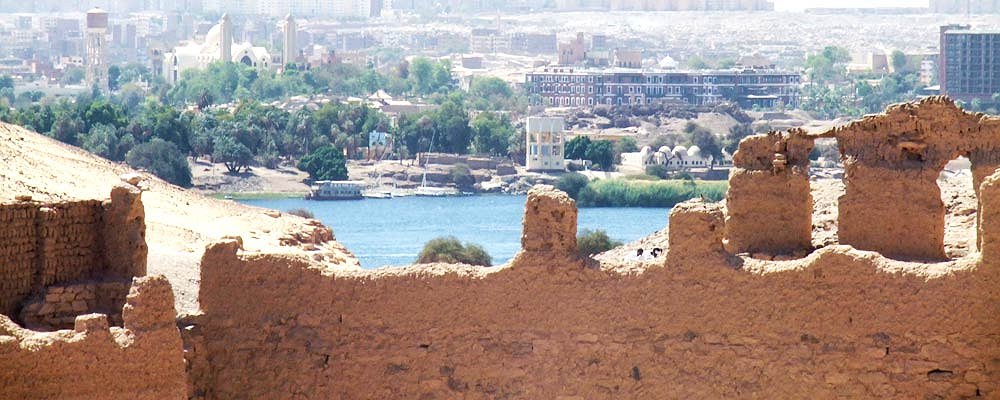
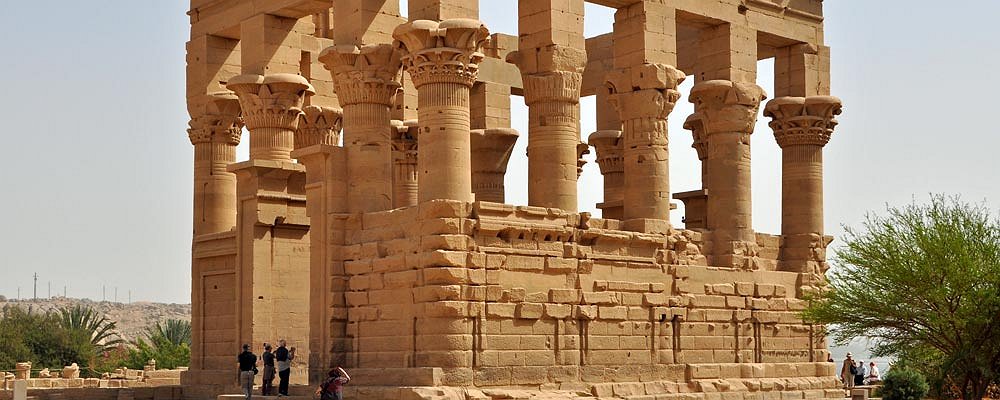
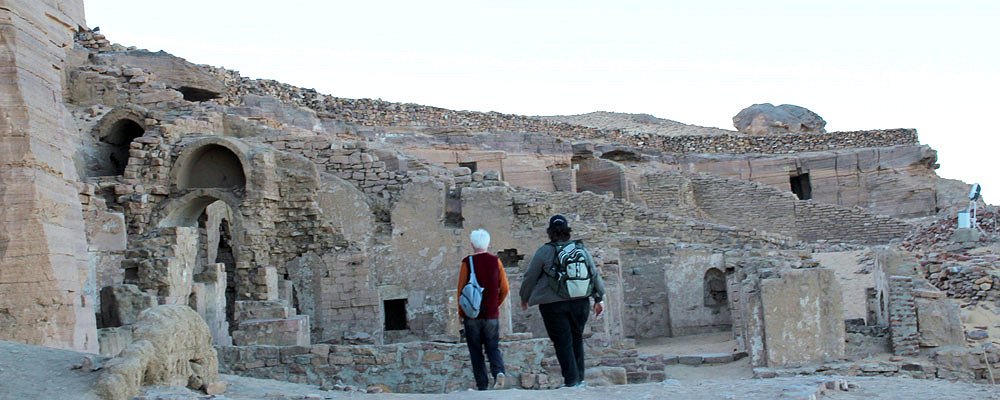
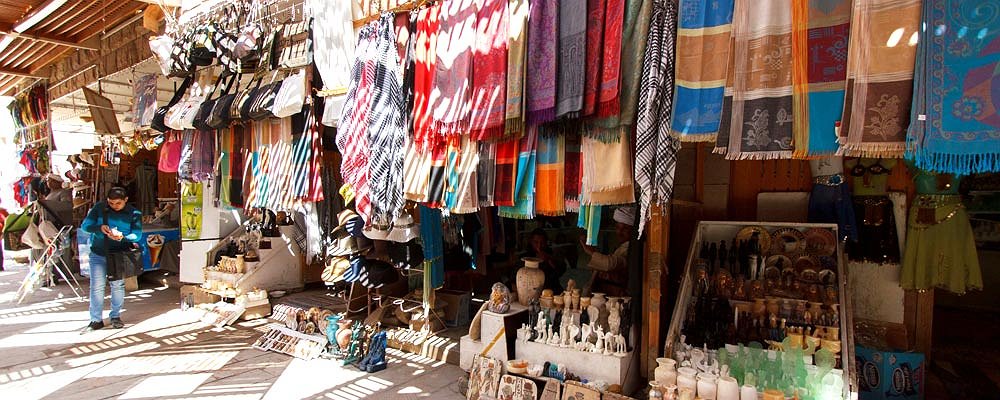
comments
No comments yet.